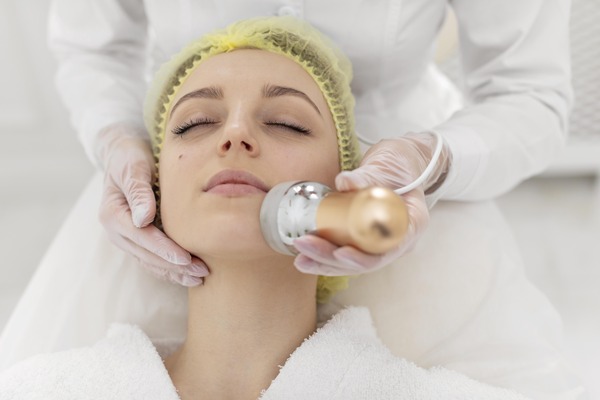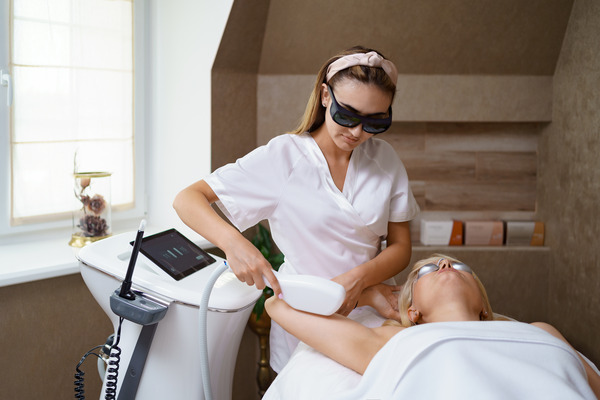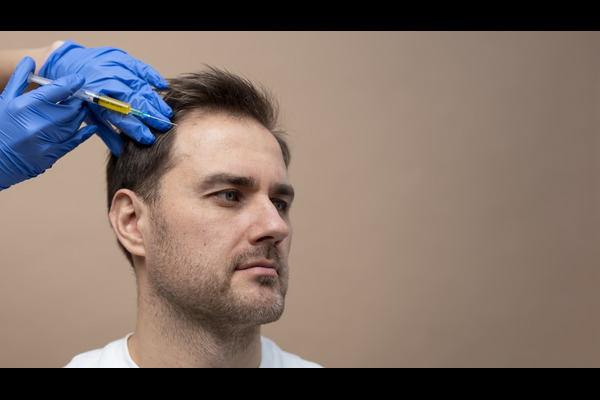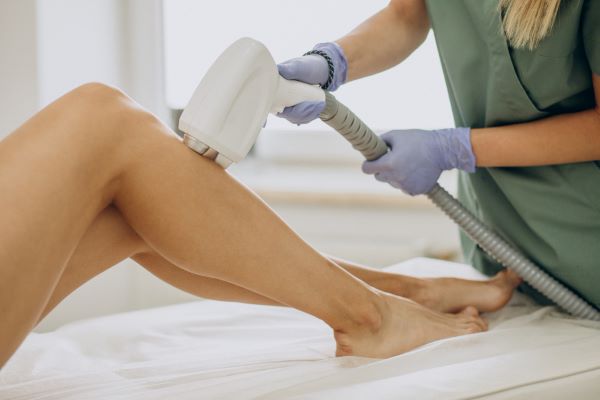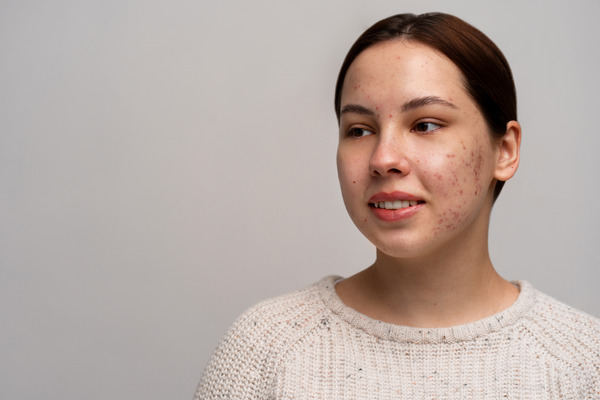
Understanding The Difference Between Regular Acne Scars And Atrophic Acne Scar
Acne is a skin condition that affects millions of individuals around the world, resulting in scars that can be painful and emotionally damaging. However, it is important to differentiate between regular and atrophic acne scars since there are several forms of acne scarring. To this end, understanding these two kinds of scars is very vital for effective treatment and management. In this article, we will discuss the features, causes and remedies for ordinary acne scars as well as atrophic ones.
A General View on Regular Acne Scars: What Are They like?
Regular acne scars also known as erythematous or post-inflammatory hyperpigmentation (PIH) originate from an inflammation response by the skin to acne lesions. These types of scars are typically discolored flat spots ranging from pink to dark brown which may eventually fade away without any kind of treatment. Here are some key characteristics of regular acne scars:
1. Discoloration
Often regular scars look like dark spots or patches on skin caused by increased production of melanin due to inflammation.
2. Texture
Non-atrophic type does not create dimples or depressions like those you see in atrophic type; instead, they appear flat with slightly raised or rough surfaces when touched.
3. Temporary nature
Most often such scars are not permanent but usually fade out gradually over a few weeks to months especially after use of topical treatments coupled with good skincare practices.
Causes Of Regular Acne Scars
This type of scarring results from the body’s natural healing process following episodes of pimples on the face. This leads to development exccess melanin as a result of skin inflammation caused by pimples. Factors contributing to regular acne scar formation include:
1. Severity Of Acne
The more severe an individual’s pimples problem was, higher chances he has got post-inflammatory hyperpigmentation.
2. Skin Type
Higher melanin production by dark-skinned individuals increases their chances of developing hyperpigmentation after acne breakout.
3. Sun exposure
Direct exposure to ultraviolet rays emitted from the sun can worsen pigmentation and delay the fading processes of regular scars.
Treatment Options for Regular Acne Scars
Some treatments are aimed at eradicating the appearance of ordinary scars and helping in healing of the skin. These treatments may include:
a). Topical Treatments
Hydroquinone, retinoids, vitamin C and other ingredients found in over-the-counter as well as prescription topical treatments can help with hypopigmentation and even out one’s complexion.
b). Chemical peels
These work by applying chemicals to the skin which will peel off the outer layer causing faster cell turnover that will result in less pigmented skin.
c). Laser therapy
For example IPL (Intense Pulsed Light) or fractional laser resurfacing, these therapies help to stimulate collagen production on affected parts where there are pigments hence resulting in a more even-toned appearance of the face.
d). Sunblock
Protecting yourself from UV radiation using a high SPF sunscreen is important since it prevents further darkening of scars and protects against damage caused by direct sunlight on those areas.
Atrophic Acne Scars: Overview and Characteristics
Atrophic acne scars refer to a particular category of acne scar characterized by depressions or indentations on the surface of your skin. This occurs when collagen and elastin-the supportive structures below your skin surface-are damaged during healing process following severe cases pimples conditions. Key characteristics of atrophic acne scars include:
- Holes
Atrophic acne scars are pitted or grooved areas in the skin that cause it to appear uneven or pockmarked.
- Different shapes and sizes
These scars may occur in different sizes, shapes, and depths among them boxcar, rolling icepick types.
- Cannot be undone
Unlike regular acne scars which can fade away after some time atrophic ones may have chances of never disappearing necessitating specialized management procedures to boost their look.
Causes of Atrophic Acne Scars
This hole develops as a result of a disorganization in the natural healing process of the skin leading to loss of collagen and elastin in that area. There are various factors that result into atrophic acne scars such as:
a). Severe acne
It is one of the causes because they damage deeper layers within the skin making it more susceptible to atrophying.
b). Delayed or inadequate treatment
The longer your body takes to fight off an attack from acne, then greater will be chances for getting depressed acne-like scars.
c). Genetic predisposition
Some people are born with genes that make them prone to developing these types of scars; indeed, certain skin types scar more easily than others do.
Treatment Options for Atrophic Acne Scars
Although there can be difficulties associated with treating depressed acne scarring, there are several good options available for improving their appearance and texture. These include:
1. Dermal fillers
Injecting dermal fillers like hyaluronic acid or collagen based fillers temporarily changes the shape of sunken acne marks so that they can become less visible.
2. Microneedling
Microneedling employs small needles causing controlled injuries on the surface; this stimulates collagen production thereby encouraging regrowth processes on your face.
3. Chemical peels
Chemical peels are known to help improve atrophic scarring by removing dead cells via the exfoliation process. This helps promote new tissue formation through the stimulation of collagen synthesis.
4. Laser therapy
Atrophic acne scarring can be managed through fractional laser resurfacing and ablative lasers that reduce depth and overall skin texture.
5. Surgical procedures
This include subcision, punch excision among other techniques where scar tissue is literally broken up and the surface of your skin smoothed.
Conclusion
Consequently, it is vital to note that these are two different types of acne scars and each one has its own distinct features, causes as well as treatment options. On the other hand, regular acne scars are transient in nature with pigmentation changes being their main features unlike atrophic ones that will persist due to loss of tissues in deeper layers of the skin.
Differentiating between these two types is important for effective planning purposes that would ensure individual satisfaction with any solution offered. Acne-related problems can be rectified to a level where self-confidence is regained while at the same time achieving healthier beautiful skin structures on an individual’s face if the right approach is taken into account.
Read More: The Finest Acne Treatment Options In Kolkata: Expert Guide

